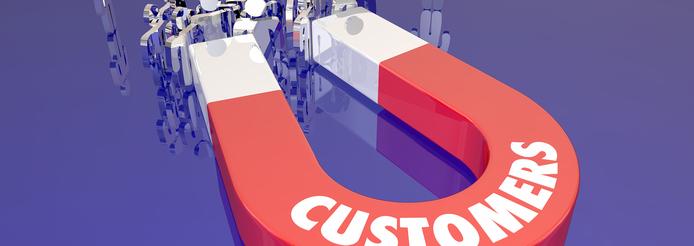"Assortment Styler is the only research tool that could provide us with a systematic and quantified overview of the trends within home design, with the detail necessary to provide insights beyond color and general style. It has been an invaluable tool for better streamlining our resources in product development to ensure the best possible fit into overall home décor trend direction.”













